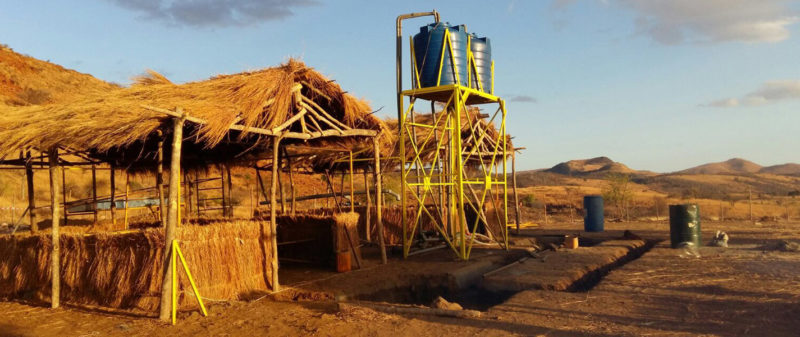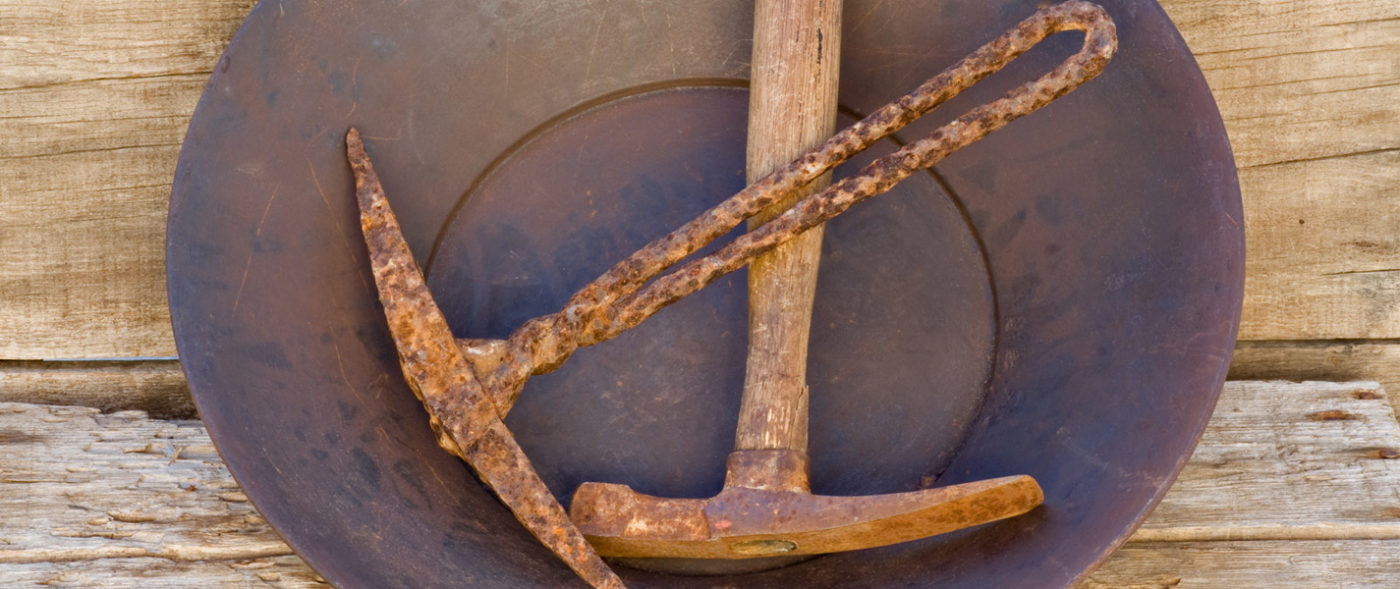L’Iliade has invested in an artisanal mining community in the south of Madagascar. The goal of this investment is on the one hand to bolster the mines’ productivity through mechanical, technological and academic support. On the other hand, few industries offer as much potential for local, and horizontal, wealth distribution.
L’Iliade chose an Artisanal Small-scale Mining Group (ASMG) for several reasons:
No other activity sees as large a share of the final sales price go back to the producer, thanks to the relatively little amount of transformation needed for gold to be commercialized. The challenge for L’Iliade is to ensure that these revenues to indeed go to the miners, and not to unscrupulous middle-men or even criminal forces.

A mining activity necessitates a certain number of structural facilities, such as roads or energy, whose benefits can be extended to a whole region. The challenge of L’iliade is to ensure that these ameliorations are useful, understandable and durable for the local population.
Bad practices, whether professional, social or environmental are ripe throughout ASM. These however possess simple remedies, that may durably impact and ameliorate the life of the hosting population.
The surveillance, regulation and taxation of ASM activities is a constant concern for many governments. L’Iliade has established partnerships with the Malagasy government and local authorities, offering them a platform from which they may expand their control over these activities in exchange for local support.
These investments are typical of PPP work, or Public-Private Partnerships.
Investing in these ASM communities is only a beginning, L’Iliade must ensure that the benefits are spread throughout the community, and most importantly, last. This can be accomplished by concerting with the local population, tailoring ameliorations, and placing their control within local hands.

In this spirit, L’Iliade is planning to finance the renovation of an irrigation canal in the near vicinity of its gold project. This simple upkeep will see the agricultural productivity of a region housing close to 150 000 people increase tenfold. The operation however only has the appearance of simplicity: upkeep and handling are minutely examined and planned so as to be optimaly integrated by the local population.
 A mining activity necessitates a certain number of structural facilities, such as roads or energy, whose benefits can be extended to a whole region. The challenge of L’iliade is to ensure that these ameliorations are useful, understandable and durable for the local population.
Bad practices, whether professional, social or environmental are ripe throughout ASM. These however possess simple remedies, that may durably impact and ameliorate the life of the hosting population.
The surveillance, regulation and taxation of ASM activities is a constant concern for many governments. L’Iliade has established partnerships with the Malagasy government and local authorities, offering them a platform from which they may expand their control over these activities in exchange for local support.
These investments are typical of PPP work, or Public-Private Partnerships.
Investing in these ASM communities is only a beginning, L’Iliade must ensure that the benefits are spread throughout the community, and most importantly, last. This can be accomplished by concerting with the local population, tailoring ameliorations, and placing their control within local hands.
A mining activity necessitates a certain number of structural facilities, such as roads or energy, whose benefits can be extended to a whole region. The challenge of L’iliade is to ensure that these ameliorations are useful, understandable and durable for the local population.
Bad practices, whether professional, social or environmental are ripe throughout ASM. These however possess simple remedies, that may durably impact and ameliorate the life of the hosting population.
The surveillance, regulation and taxation of ASM activities is a constant concern for many governments. L’Iliade has established partnerships with the Malagasy government and local authorities, offering them a platform from which they may expand their control over these activities in exchange for local support.
These investments are typical of PPP work, or Public-Private Partnerships.
Investing in these ASM communities is only a beginning, L’Iliade must ensure that the benefits are spread throughout the community, and most importantly, last. This can be accomplished by concerting with the local population, tailoring ameliorations, and placing their control within local hands.
 In this spirit, L’Iliade is planning to finance the renovation of an irrigation canal in the near vicinity of its gold project. This simple upkeep will see the agricultural productivity of a region housing close to 150 000 people increase tenfold. The operation however only has the appearance of simplicity: upkeep and handling are minutely examined and planned so as to be optimaly integrated by the local population.
In this spirit, L’Iliade is planning to finance the renovation of an irrigation canal in the near vicinity of its gold project. This simple upkeep will see the agricultural productivity of a region housing close to 150 000 people increase tenfold. The operation however only has the appearance of simplicity: upkeep and handling are minutely examined and planned so as to be optimaly integrated by the local population.




 Français
Français